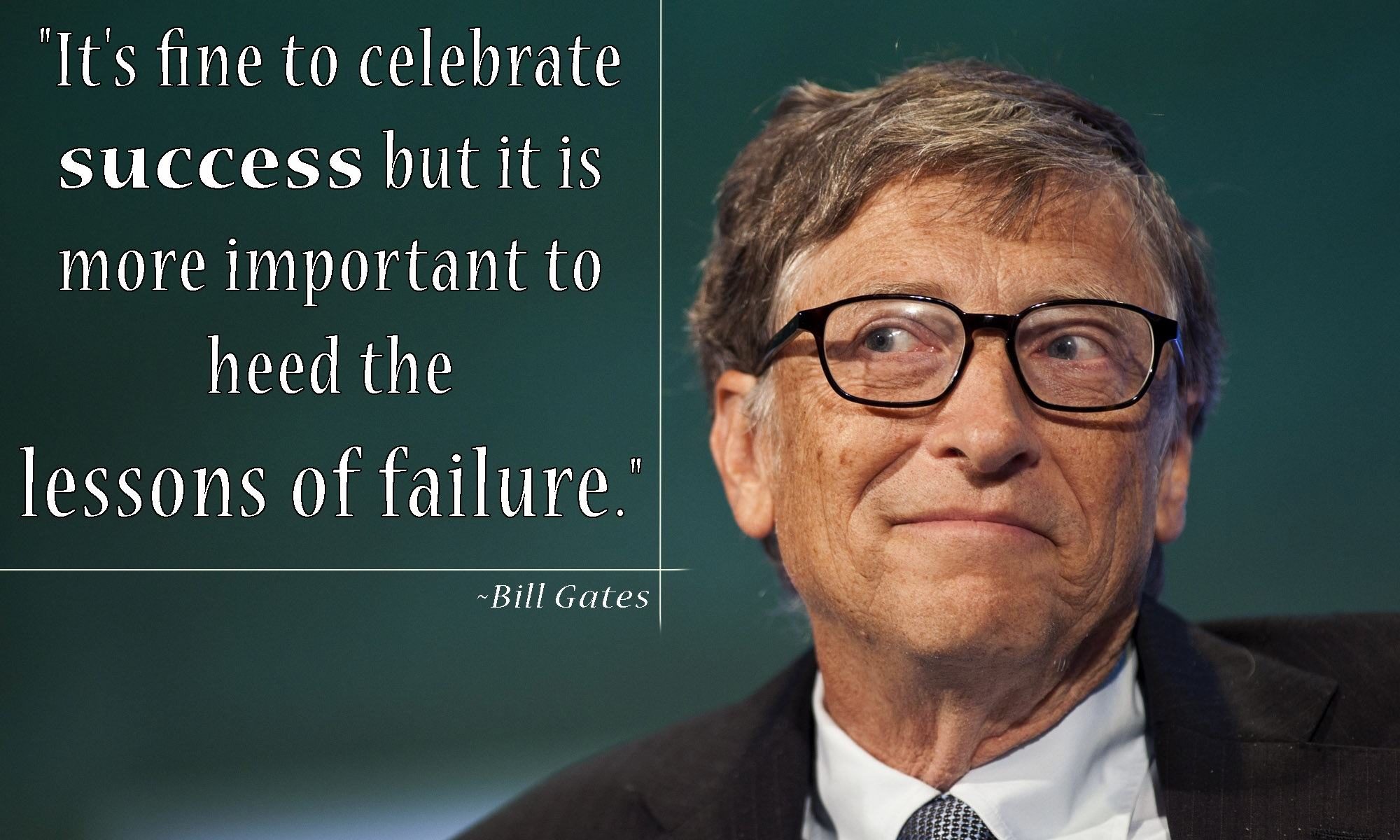Ever have a launch that went, well, something other than what you planned?
You’re in good company. Consider the story of the Disneyland launch in 1955, and you might feel better about your own personal project issues.
On July 17th, 1955, Walt Disney opened the doors to the Happiest Place on Earth. Given Walt’s reputation, you’d expect that the whole thing went off without a hitch and everyone slapped each other on the back as the dollars rolled in.
Well, think again.
Disaster Strikes (again and again)
Walt’s disasters were numerous that day, but they hold important lessons for any engineering project, software in particular:
The tickets were presold for the event, but unfortunately someone had counterfeited tickets. More people showed up than were expected.
Lesson: Piracy is something that can happen anytime and potentially ruin your hard work, be ready for it Day One.
 As a result of the counterfeiting, instead of the opening crowd of 20,000 expected, almost 35,000 showed up at the park according to Martin Sklar, vice chairman of Walt Disney Imagineering. With a near 100% increase over expected volumes, you can imagine the stress on the employees, the infrastructure and the overall experience that day.
As a result of the counterfeiting, instead of the opening crowd of 20,000 expected, almost 35,000 showed up at the park according to Martin Sklar, vice chairman of Walt Disney Imagineering. With a near 100% increase over expected volumes, you can imagine the stress on the employees, the infrastructure and the overall experience that day.
Lesson: Plan for the unexpected on your launch day, be ready for more than you anticipate and be flexible in how you respond. Have contingency plans for things that might go wrong.
The large crowds lead to other problems in the park, specifically the crowding of rides and attractions. Some of the rides (there were only 20 at the time) broke down. Filled beyond its capacity, the ferryboat sank.
Lesson: Engineer for the worst case, and have a contingency plan when you exceed it. Think about what you will do if your server runs out of memory, disk, database space, sockets, or bandwidth. These are important questions to ponder before they happen to you, not after the fact.
A plumber’s strike during the final phases of construction meant that the park could have either drinking fountains or toilets working, but not both. Walt chose the toilets, quipping that folks could buy a soda to quench their thirst instead. (Some) customers complained that Walt did this to intentionally gouge his customers for more profit.
Lesson: Always ensure that the critical parts work. Slip those things that can be worked around in other ways, even if it you might anger the customers in a small way doing so.
On top of all that, it was a treacherously hot day, with the temperature soaring above 100 degrees in Anaheim. Ladies’ heels sank into the black asphalt. But clearly this wasn’t the end for Walt or the park, and they continued to improve the experience small bits at a time, until the reputation of the park became what we know it to be today.
Lesson: A disaster doesn’t have to be the end, work to fix the problems, be honest and do good work. Eventually, your diligence will be rewarded.

Great post! Had no idea that Disney ran into so many problems on its opening day, but the lessons gleaned from it are applicable to pretty much all kinds of businesses.
I’m not sure I follow how you got from the Disneyland observations to the lessons.
Did Walt have a contingency plan for double the expected capacity? Had Walt planned for massive ticket piracy? Did Walt ponder important questions like what to do if the ferryboat sank?
It seems like the real lesson here is: go ahead and open anyway, and clean up the messes as they happen. It sure doesn’t seem like the Disney corporation is in a poor position now (or even was in 1956) based on their opening-day problems.
Maybe you’re claiming that Disney would be in better shape if they’d waited to open, while they fixed more potential problems, but it doesn’t sound like you are, and I’m not sure I’d believe that.
Great story 🙂
Sadly, the overcrowding problem is still there, at least for the French Disneyland. Just like for the water problem, my guess is it’s intentional.
Hi Alex,
No, I’m definitely not saying Disneyland should have waited. But their opening day debacle shows a number of things that they could have (ferryboat) and did (toilets) think about, and those lessons are worth talking about to make our own software products launch more successfully. That’s all.